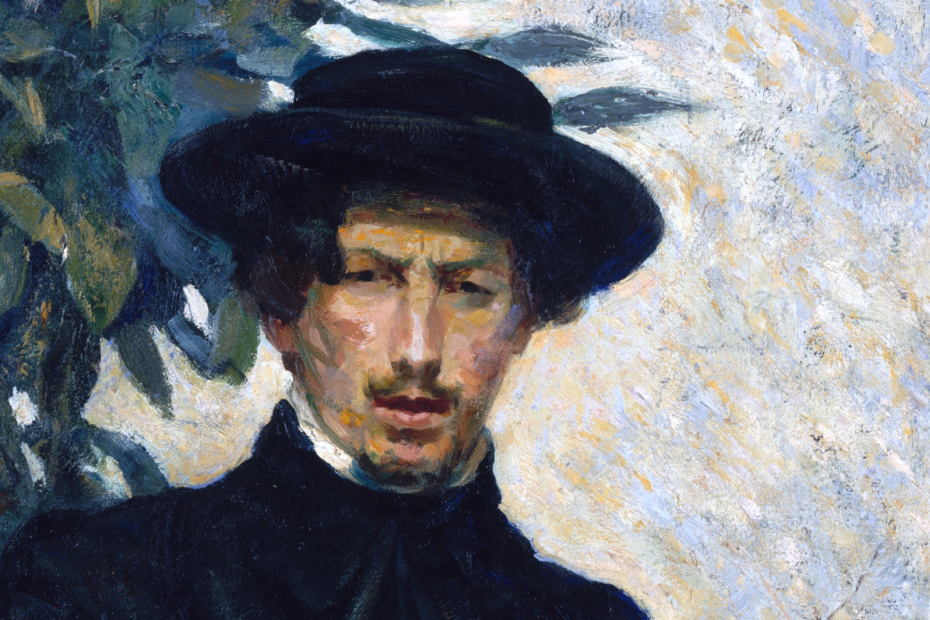When you decide to try your hand at painting a self-portrait, you have a few options: you can draw a likeness of yourself, paint a specific scene, or paint something that is abstract but that reflects the way you see yourself. While drawing a likeness of yourself may be the most straightforward option, it works best when you already have a good sense of yourself as an artist. In other words, if you’ve never painted before, don’t attempt a self-portrait until you know how to hold a paintbrush.
Painting a self-portrait can be fun, but the challenge is capturing the likeness of yourself.
Here’s How to Paint a Self-Portrait:
First, Draw A Self-Portrait on Paper Using a Pencil and Ruler.
Self-portraits are tricky. There’s nothing worse than a smiling plastic face staring back at you. So, how can you paint a realistic self-portrait? First, draw a self-portrait on paper using a pencil and ruler. Then, paint the portrait on a small canvas (about 6 x 8 inches). When you draw a self-portrait, you focus on what is in front of your face. Your head is the focal point, and your drawing should show your body as a whole. It looks better if you focus on one part of your drawing at a time. Draw what you see clearly, focusing on proportions and adding detail. Side and front views usually work best.
Next, Make A Tracing of That Image on The Canvas.
Next, make a copy of the tracing of the portrait you want to paint. Then, tape this tracing to the canvas. After taping the tracing to the canvas, carefully trace the contours of the photo. When you are finished tracing, remove the tracing from the canvas. Then take a piece of canvas, tape it to the back of the canvas, and tape it to the upper part of the tracing that you previously taped to the canvas.
At This Point, You Can Erase the Pencil Lines or Paint Over Them.
You’ve completed your sketch, and now that you’ve done that, you’re free to erase your line work. As you erase, you’ll begin to see your portrait take form. As you continue painting, you’ll start to see where things might need to be adjusted, and that’s where you’ll start adding in more lines. If you’re painting on a dark canvas, the paint you use will likely bleed through—but if you use light-colored paint, you’ll see the areas where the paint bleeds. Either way, painting your portrait is the fun part!
Continue Working on The Canvas, Painting Over the Tracing with A Brush or Palette Knife.
Next, use a darker-colored pencil to darken the outer edges of the outline. Using a broad paintbrush, paint the area inside the outline, leaving your facial features white. Then, use the pencil to erase the white shapes lightly. Add details to the face using a fine paintbrush and a darker-colored pencil.
Brush Off Excess Paint, And You’re Done!
If you need to get a quick self-portrait, painting your own face is fun, easy, and budget-friendly. Yes, painting your own face is not rocket science, and you don’t need to be an artist, but you’ll have more fun with this project if you take a little time in advance to brush off any paint that is loose or that you don’t want on your finished work of art. Use a small paintbrush to remove small bits of paint, or just scrape the excess off.
When it comes to painting a self-portrait, artists have a million ideas going through their heads. But, the most important thing to remember is: don’t overthink it. Your painting technique, color palette, light effects, and composition can all be tweaked after the portrait is painted. The most important thing is that the final art reflects your unique perspective and captures what is important to you.
